The Seven Sins of Greenwashing
Green Business Bureau
DECEMBER 16, 2021
BP’s 2010 Deepwater Horizon Disaster illustrates this point. A tarnished brand reputation and negative consumer perspectives. Energy Star. Creating any product and delivering any service uses natural resources and energy, but some industries are more harmful than others. Posing an investment risk. USDA Organic.


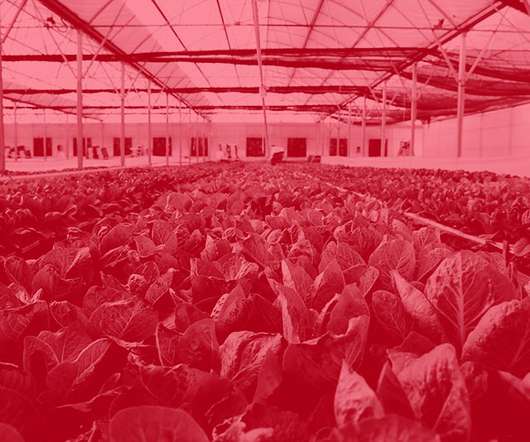
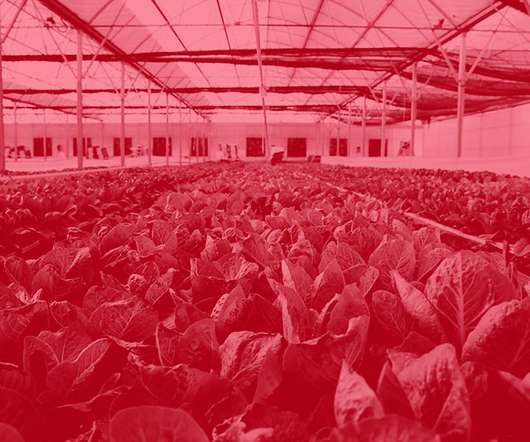
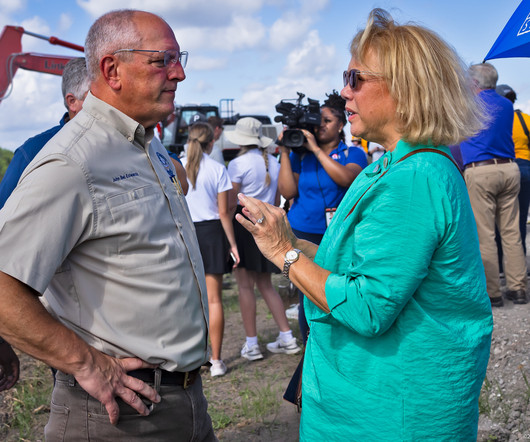
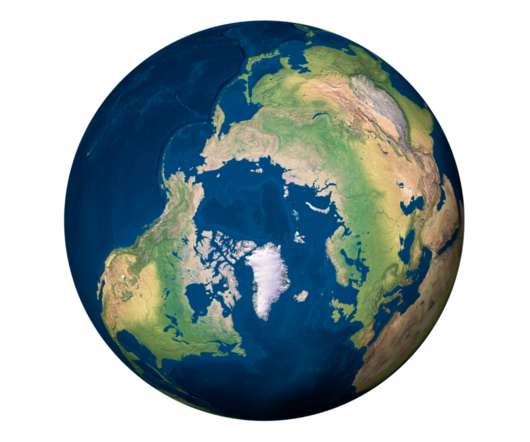
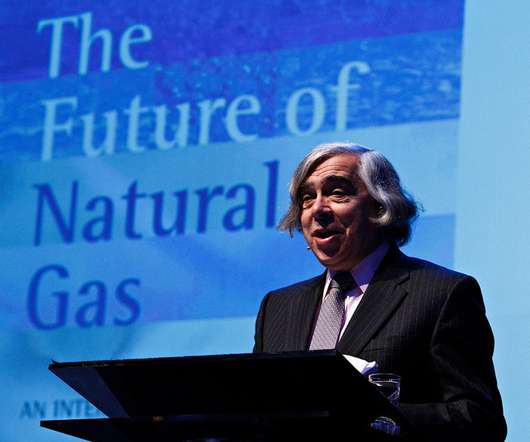








Let's personalize your content